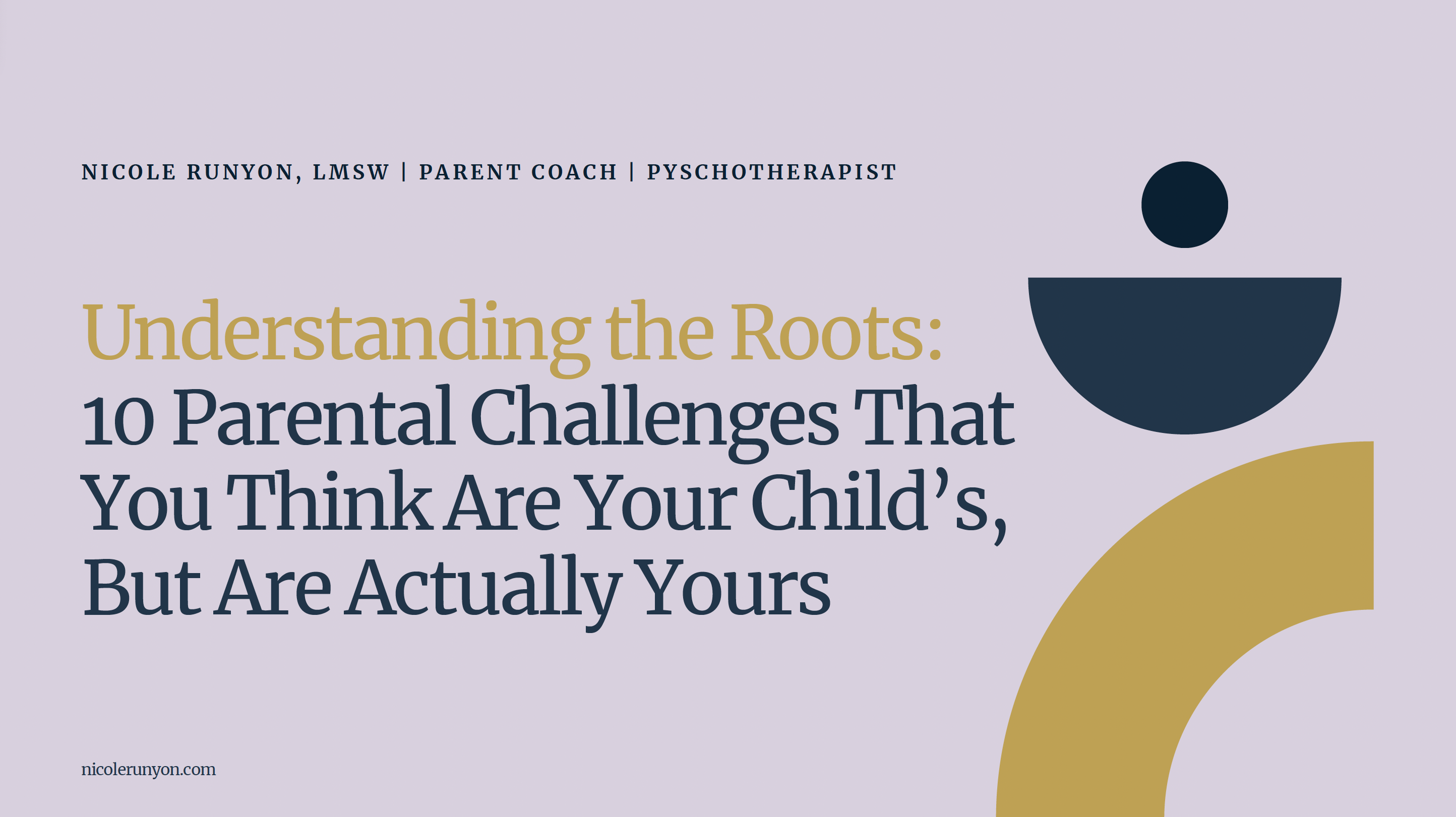A period in development referred to as middle childhood occurs from the ages of 9-12. Many parents notice that their children who were mild mannered before middle childhood suddenly become emotional, start resisting rules and challenging boundaries right around the age of 9. This time can be confusing for both parents and children. While children are changing, parents do not understand what is happening, and may not know how to react.
This time called the “9-year change” was coined by the educator Rudolph Steiner. Children go through an exceptionally large emotional growth spurt at 9. Before 9, the family was the center of the child’s world. After 9, children become conscious of the world around them and see themselves as individuals outside of their families. You may notice that friends become more important at this age, and with that comes the need to make and keep friends, as well as fit in. This emotional process comes with some anxiety because, while it is exciting to see yourself as an independent being, it can be jarring, and children can begin to have fears and worries that previously were not in their consciousness.
Children at this age have one foot in early childhood and one foot in adolescence. Being somewhere in the middle can mean they do not know how to ground themselves. Therefore, they become emotional. Parents may see emotional outbursts over what seems like nothing and regression in independence (maybe they were doing something independently and suddenly ask for help). This is all very normal and part of the process of transitioning into middle childhood.
Do screens distract from this process?
Many children get a smart device around this age. They are gaining independence and hanging out with friends more, so naturally parents feel the need to give them a device to stay in touch. However, a smart device is not a good idea at this age because it’s a way for a child to disconnect from themselves and their families during a time when they need connection the most. During this time, children must be encouraged to express and communicate their feelings without a device to numb them. If they don’t, they risk entering middle school with the same angst as they had at 9. I suggest using a watch or phone that does not have internet or apps to stay in touch during these formative years.
What can parents do to help their children through this time?
First, parents can simply understand that this change is normal and necessary and there is nothing “wrong” with their child. Newfound independence can be a relief for both the parent and child.
During a recent session, a mother expressed how upset and confused she was about the sudden change in her daughter’s behavior. After explaining the 9-year change, the daughter very sweetly said “so when I’m 10 this will all go away?” And my answer was… “sort of.” With every developmental change comes a tumultuous transition and then a settling in. If children are allowed to go through the developmental stage appropriately without distraction, they can thrive. It’s important to remember that these stages are not the same for every child, so when the transition happens and when the settling in happens it can feel unpredictable.

